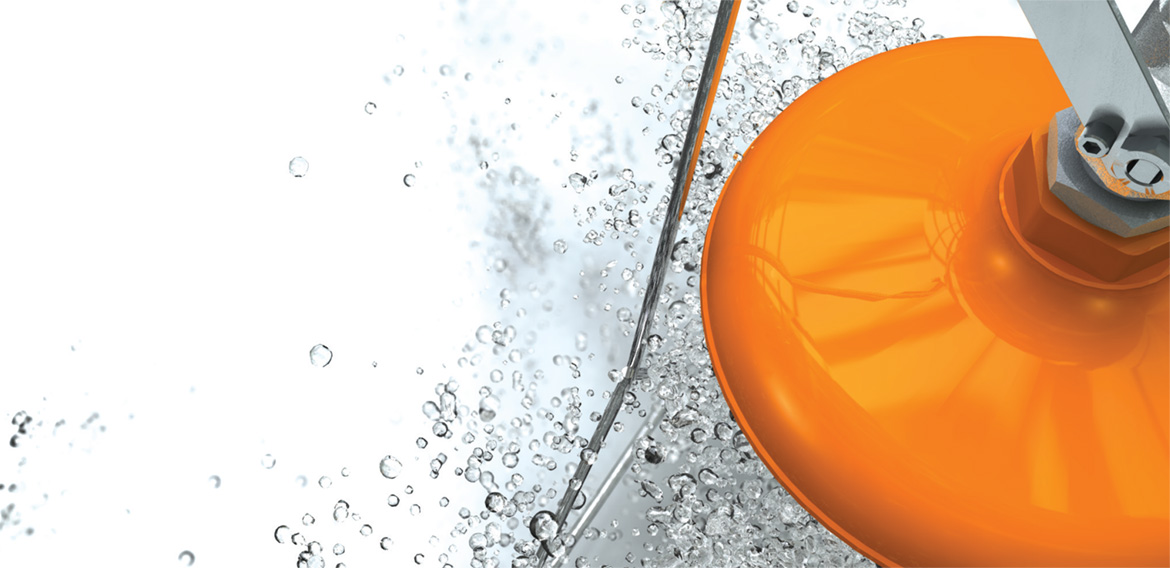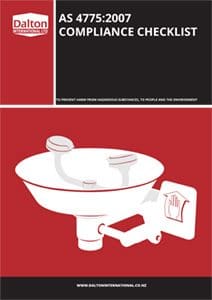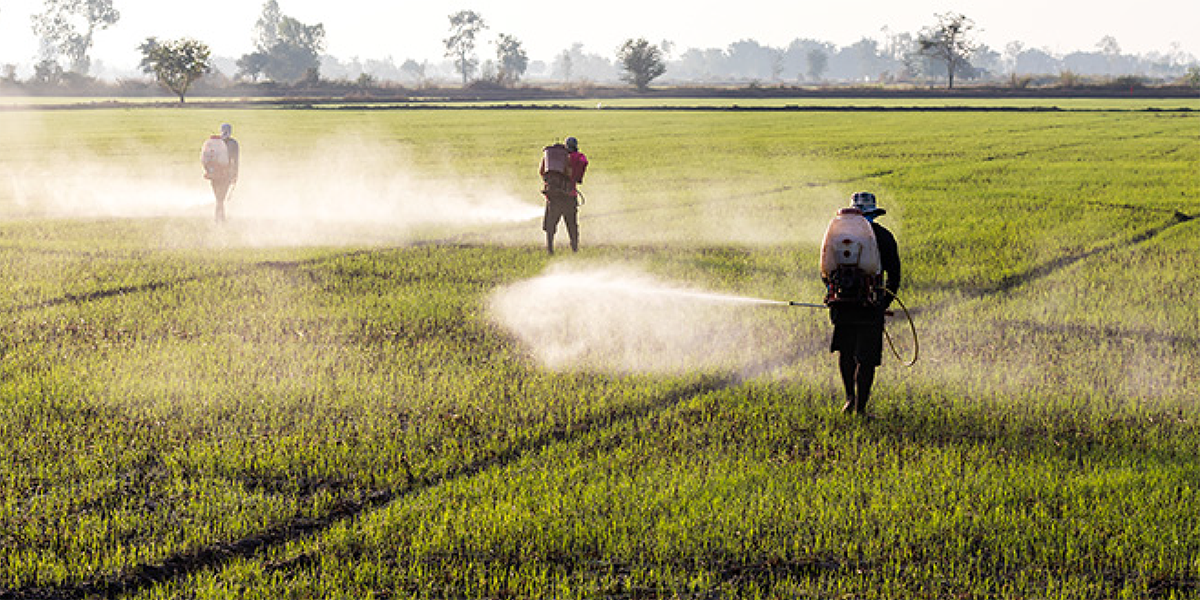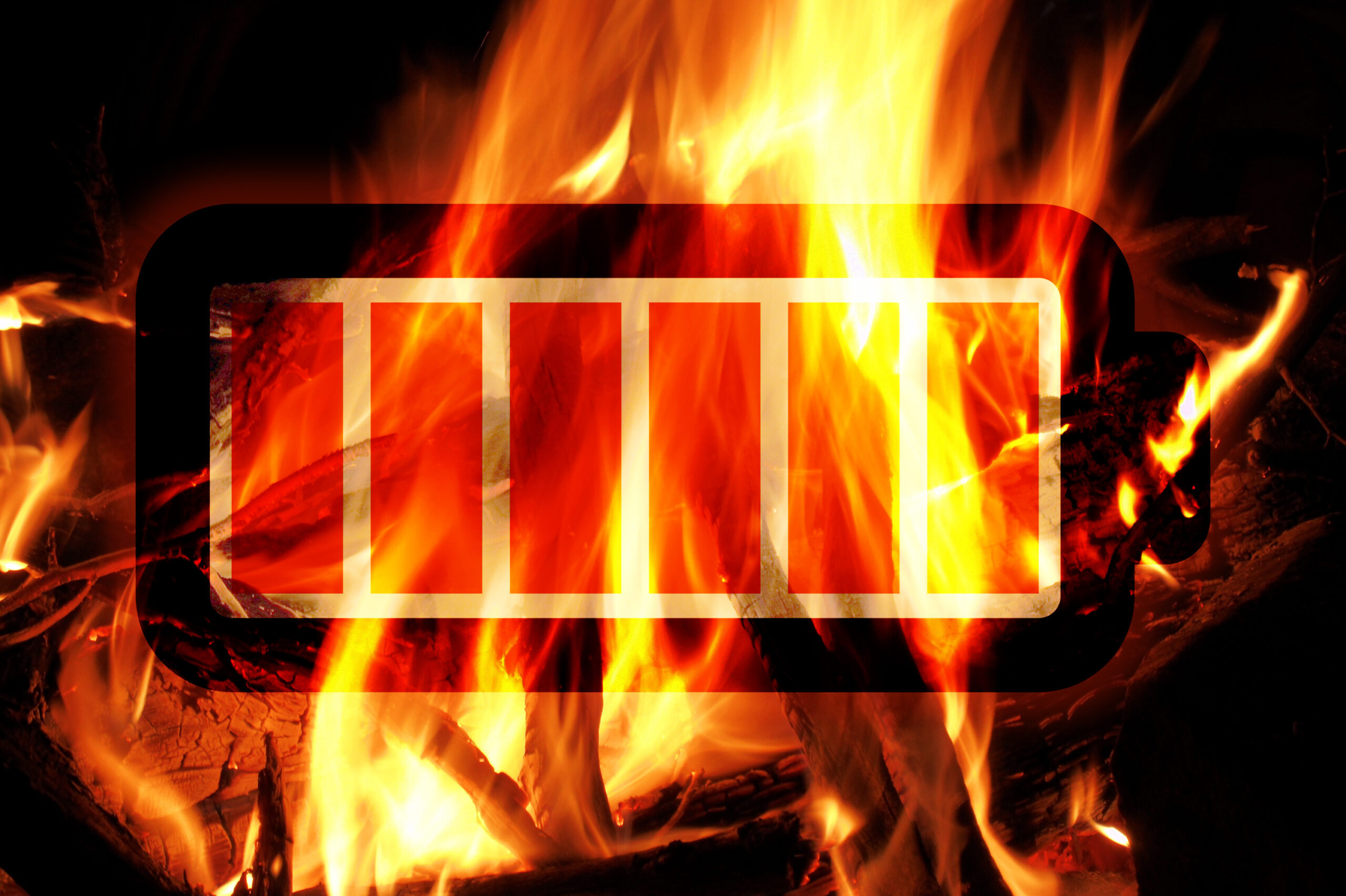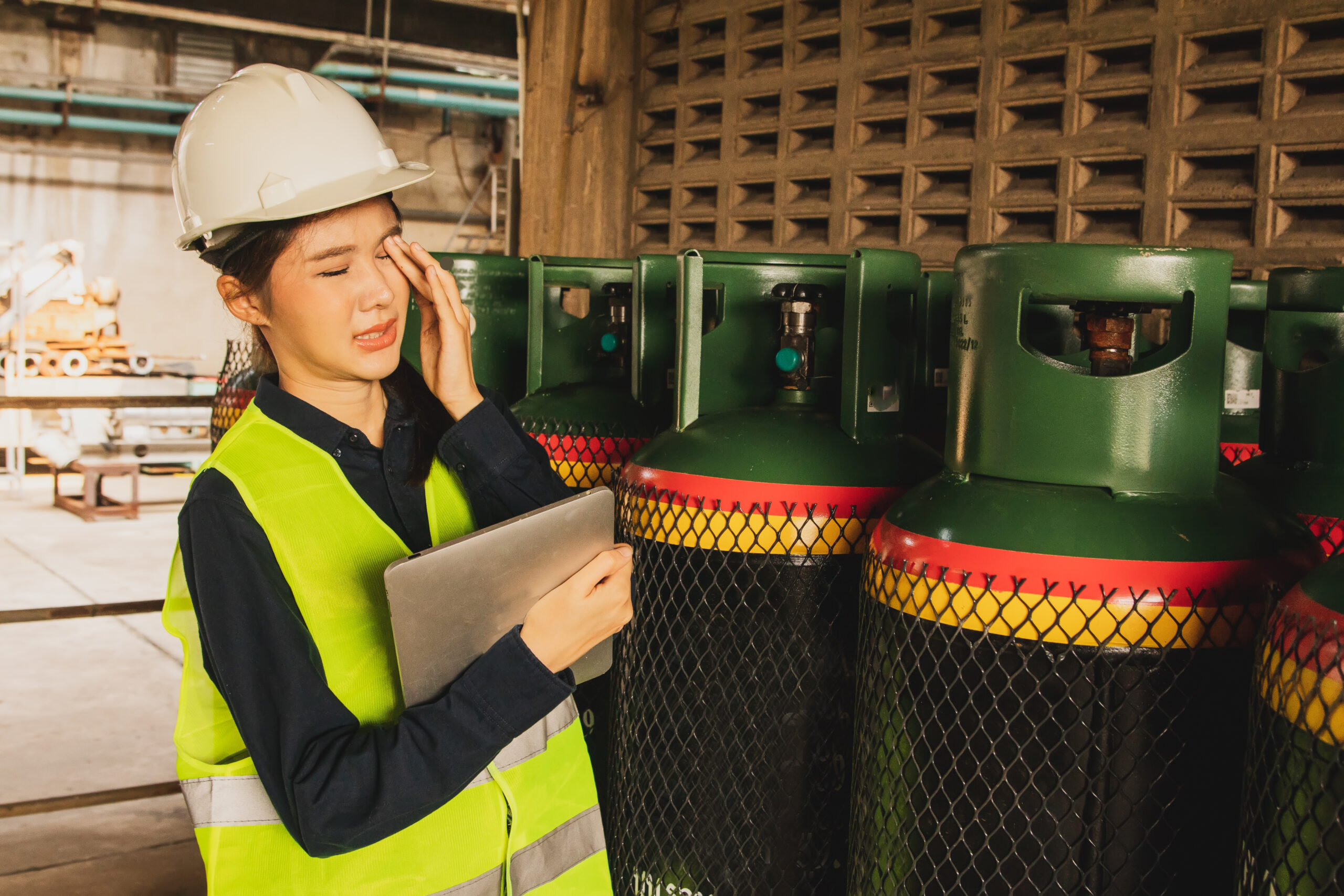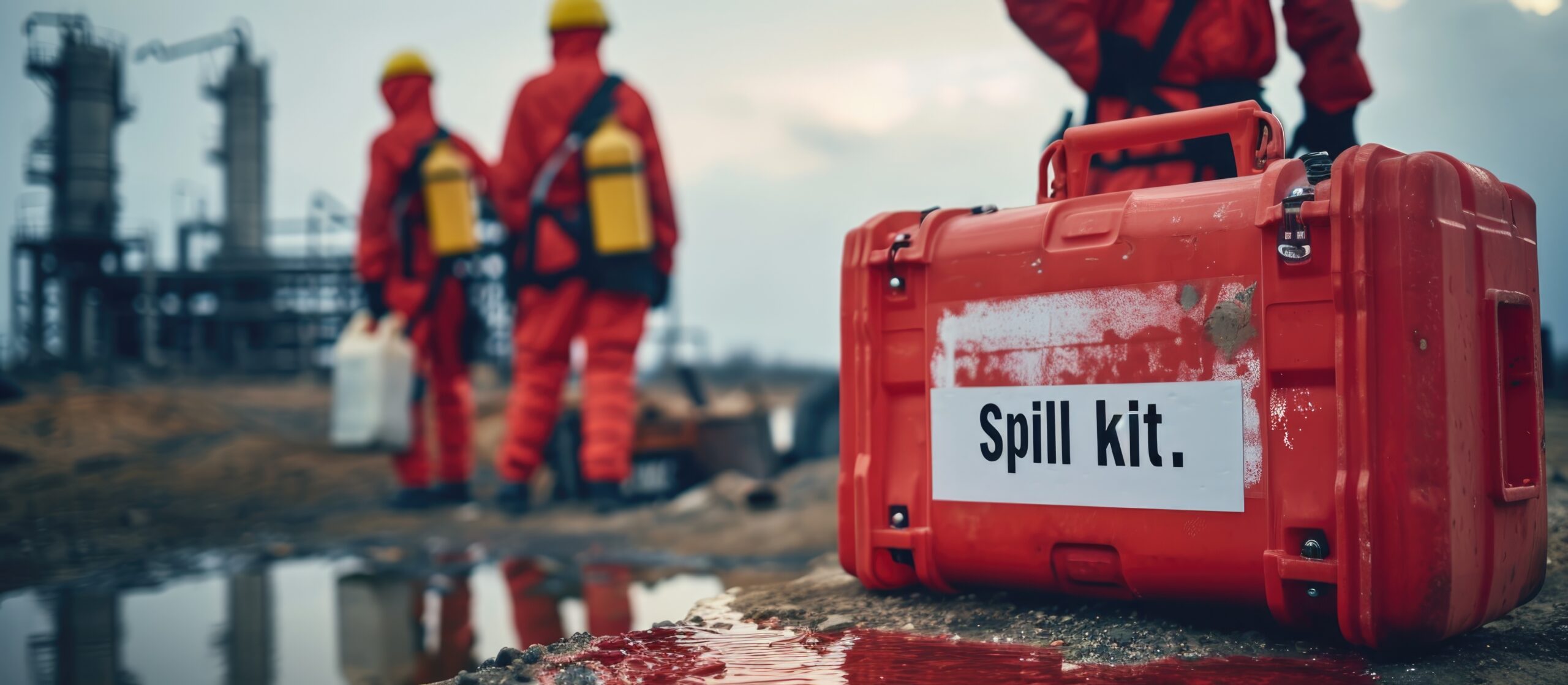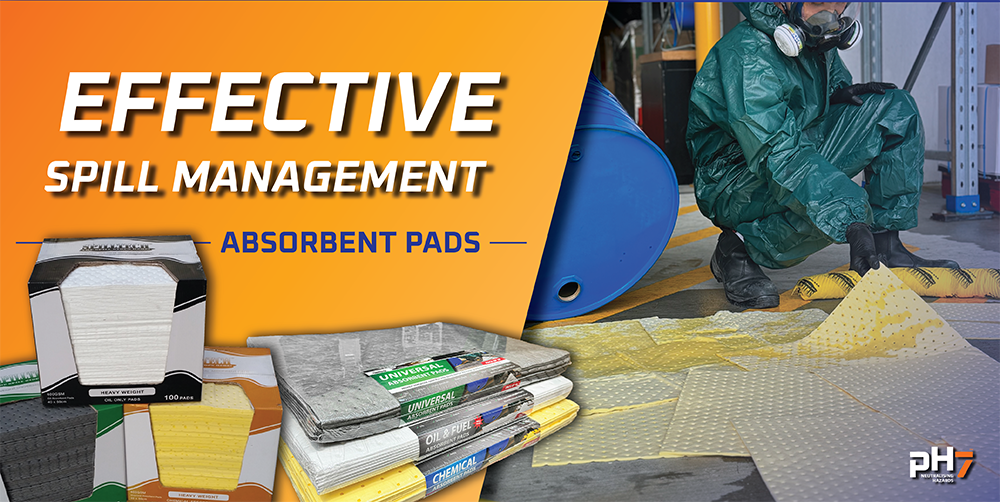Because eye damage can be caused in a matter of seconds through workplace accidents, there are strict rules governing precautionary measures and equipment required to mitigate the risk to workers.
This is a very real issue in New Zealand. ACC statistics show that between July 2016 and June last year, there were 6687 new claims for eye injuries which occurred on farms or in industrial, commercial or service locations to those who worked there. The total cost of existing and new claims over the same period was more than $2.8 million.

ph7 International have been supplying Safety Showers and Eye/Face Wash units into NZ since late 2012. At the outset we recognised how important it was for end users to understand the requirements and specifications necessary to ensure installed units comply with recognised Standards, guidelines or best practice.
While Worksafe don’t have specific guidance on Safety Showers and Eye/Face Wash units for New Zealand, compliance with a standard from overseas is recognised as being “reasonably practicable steps” where the standard is equivalent to or higher than the NZ Standard, or where there is not an equivalent NZ Standard. Worksafe advise that a safety shower and eye wash facility may be required in relation to a risk in any workplace, when the risk cannot be eliminated. This means that if a company is handling hazardous substances and there is a risk to employees from exposure to these hazardous substances, appropriate systems must be in place to minimise harm to employees. It should be noted that Safety Showers and Eye/Face Wash units do not replace PPE appropriate to the workplace risk.
In Australia and New Zealand in 2007, a regional standard called AS4775:2007 “Emergency Eyewash and Shower Equipment” was adopted based on the internationally accepted American National Standards Institute standard. ANSI Z358.1 sets the guidelines for safety equipment fixtures and installation practices including plumbed and self-contained emergency showers, plumbed and self-contained eyewash equipment, eye/face wash equipment, combination units and supplemental equipment. It also sets out how the equipment should perform, as well as testing procedures to ensure proper operation, installation, maintenance and training.
Although AS4775:2007 is almost the same as the ANSI standard, minor changes that address Australian and New Zealand guidelines and environmental issues include:
- Guidance on dimensional constraints for disabled access.
- Guidance on local materials for plumbing components.
- Guidance on good design and manufacture.
The majority of units sold in New Zealand comply with AS4775-2007. Guardian Safety Showers and Eye/Face Wash units sold by ph7 International in New Zealand comply with ANSI Z358.1-2014, consequently meeting Worksafe requirements.
To assist company’s in understanding risk mitigation and their responsibilities, ph7 have a “AS4775-2007 Compliance Checklist” which helps ensure that the basics are in place. For example, a domestic shower located in a bathroom will not pass muster as a Safety Shower; neither will a fully compliant unit situated more than 10 seconds from the potential hazard.
We have undertaken Safety Showers and Eye/Face surveys for several leading NZ companies resulting in subsequent supply of equipment for installation – these include amongst others Ecolab, Ballance, CHH and NZ Steel.
ph7 International has a long history of working alongside New Zealand businesses to help them conform to international and regional standards and legislation. If you would like to know more about Guardian Safety Showers and Eye/Face Washes and how we can help you determine whether your company meets the guidelines, or if you would simply like a copy of our Compliance Checklist.
Click here to access the full AS 4775:2007 Compliance Checklist or contact ph7 International on 0800 323 223, enquiries@dilnz.co.nz or via the website.
